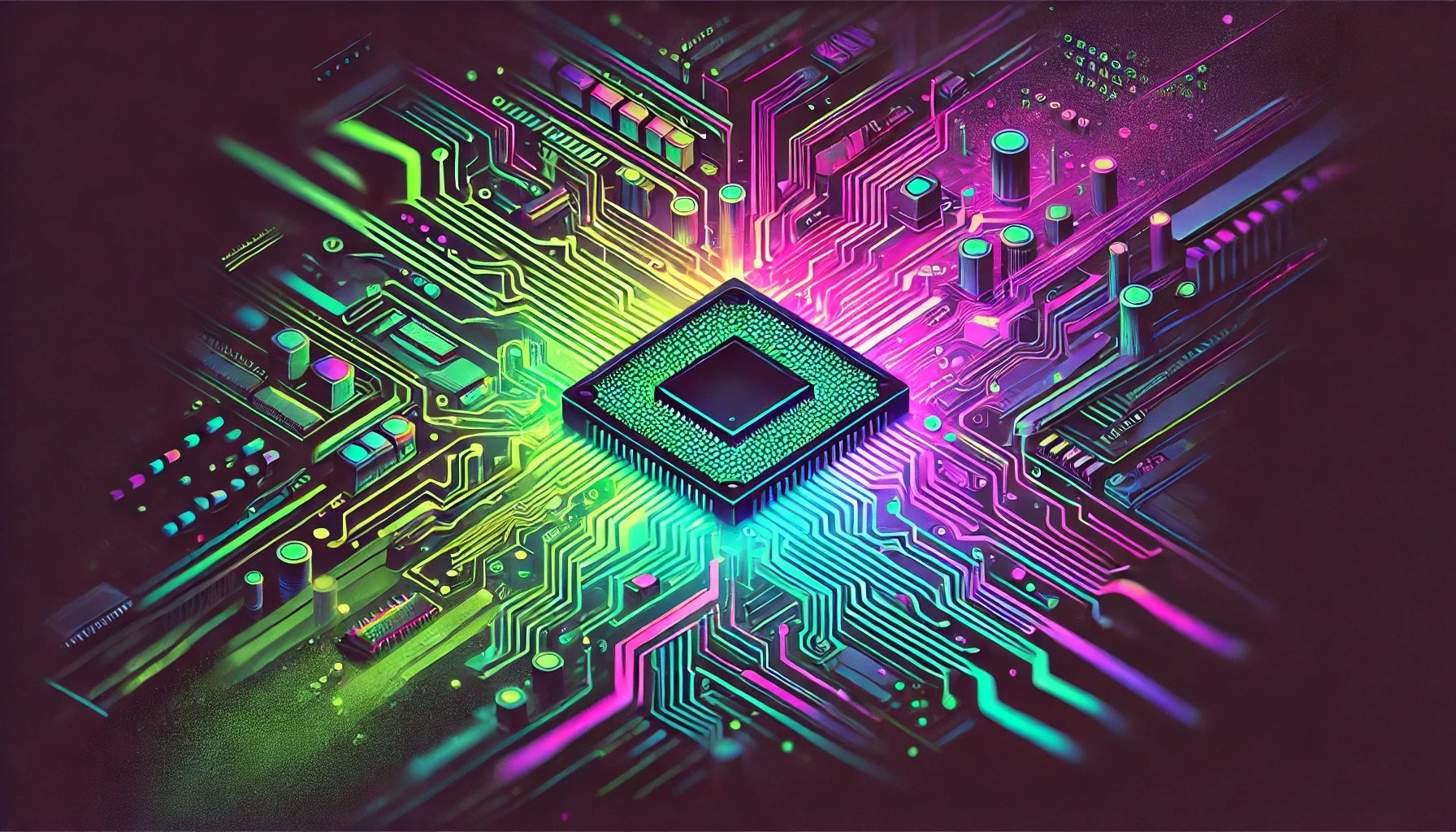Overview of UART Communication
Universal Asynchronous Receiver-Transmitter (UART) is a hardware communication protocol that facilitates serial communication between devices. Unlike synchronous methods, like SPI (Serial Peripheral Interface) and I2C (Inter-Integrated Circuit), UART requires fewer data lines for transferring data, making it ideal for low-cost and low-complexity embedded applications.
Principle of Operation
- UART communication is based on two main components: the transmitter (TX) and the receiver (RX). Data is transferred from the TX pin of one UART to the RX pin of another.
- Data is sent bit by bit starting with a start bit, followed by the actual data bits, and ending with one or more stop bits. This structure allows the receiving end to detect the beginning and end of a data frame.
Asynchronous Data Transmission
- In UART communication, data is transmitted asynchronously, meaning there is no shared clock signal between the sender and receiver. Instead, both ends must agree on timing parameters like baud rate – the speed of data transmission measured in bits per second (bps).
- The absence of the clock line reduces complexity and costs, but it requires precise timing at both transmission and reception ends to ensure data integrity.
Configuration Parameters
- **Baud Rate**: Determines the speed of data transmission. Common baud rates include 9600, 14400, 19200, 38400, 57600, and 115200 bps.
- **Data Bits**: The actual bits of data to be transmitted, typically between 5 to 8 bits per character.
- **Parity Bit**: Used for error checking, the parity bit can be even, odd, or none. It helps to check whether the number of set bits is odd or even in the packet.
- **Stop Bits**: Indicate the end of a data packet. It can be 1 or 2 bits long, ensuring the receiver is aware of the packet's conclusion.
Advantages and Limitations
- **Advantages**:
- Simplicity and low cost due to fewer required lines (only RX, TX, and ground).
- Flexible to use with a wide range of baud rates and data configurations.
- Commonly supported in almost all microcontrollers and embedded devices, making it very versatile.
- **Limitations**:
- Limited transmission speed compared to other serial communication protocols like SPI and I2C.
- Susceptible to noise over long cables due to lack of corresponding clock signal.
- Generally effective for short-range point-to-point communication and may require transceivers like RS-232 for long-distance communication.
Common Applications
- Debugging tools and interfaces, such as USB converters and serial port debugging.
- Remote sensors and wireless communication, especially where simplicity and reduced wiring are important.
- Communication between microcontrollers, computers, GPS systems, and various sensor devices.
























